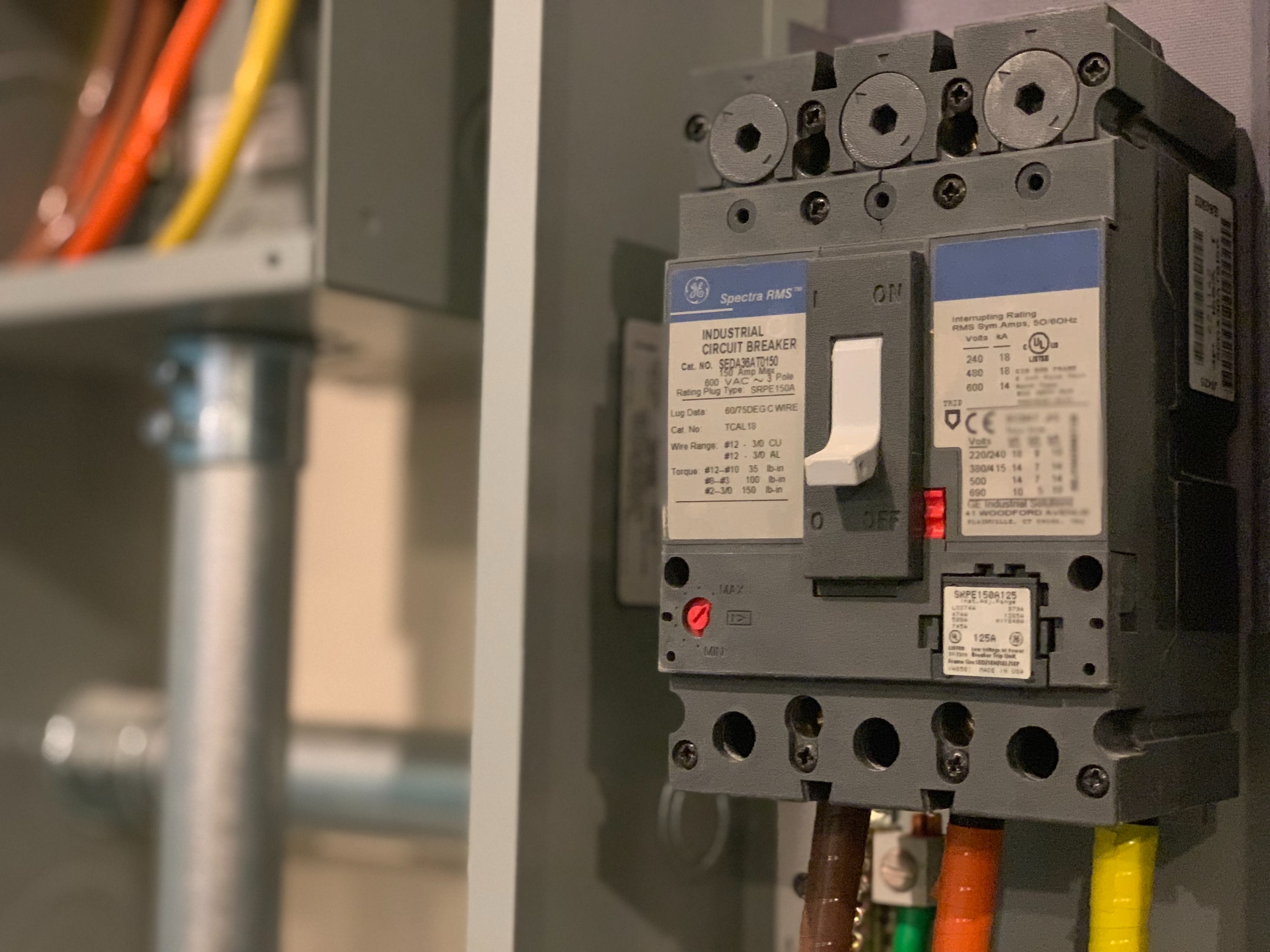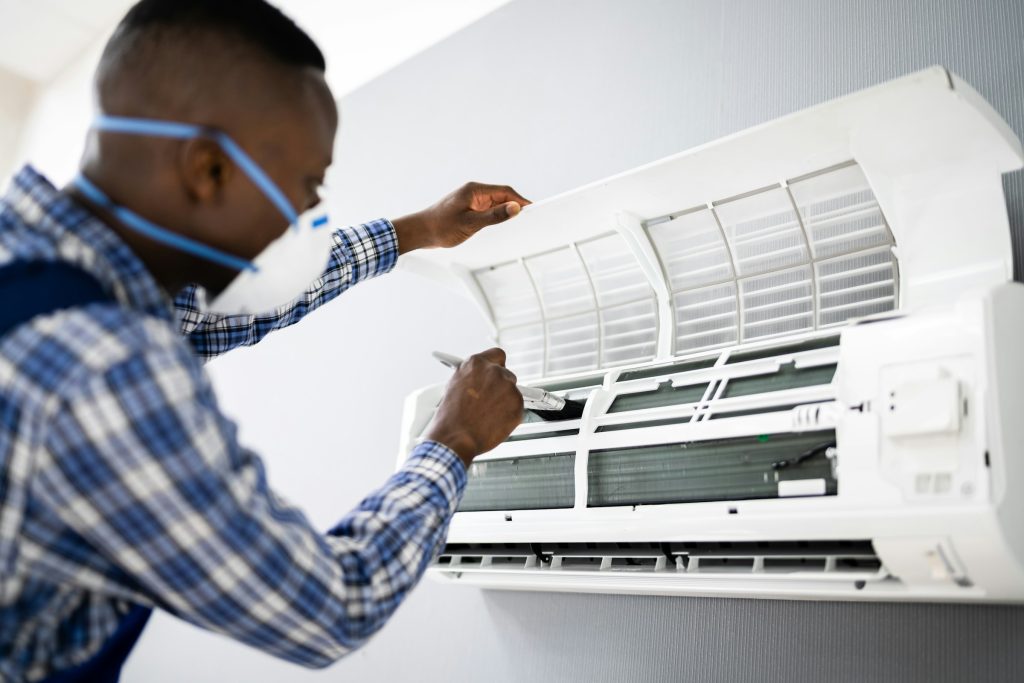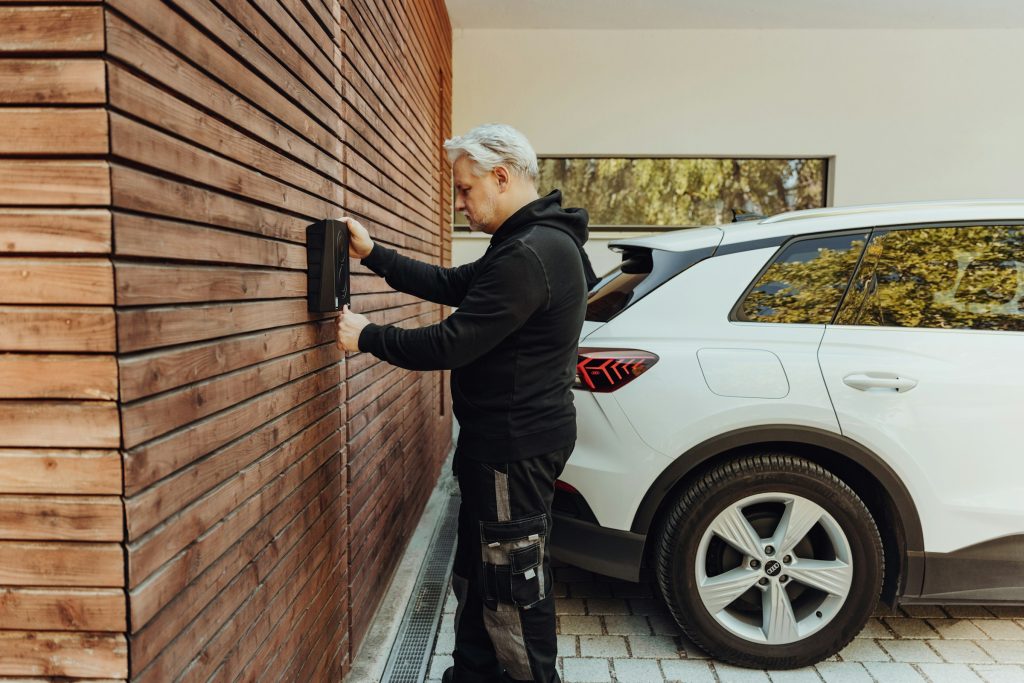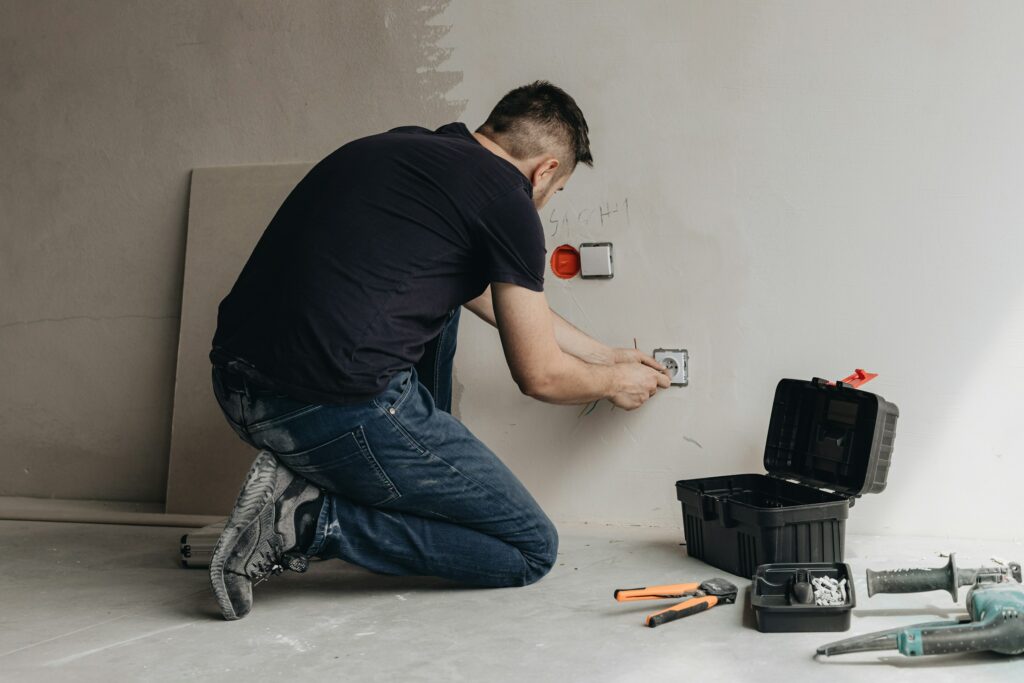Safety is never an afterthought when it comes to handling electricity. Safety mechanisms like circuit breakers and safety switches are designed to safeguard our homes and workplaces. Still, the terminologies and their functions can be intimidating to some. Let’s simplify them, shall we?

Basics and Fundamentals
Circuit breakers and safety switches stand as two vital safeguards against electrical mishaps. A circuit breaker protects wires and circuits from excessive currents or short circuit issues. At the same time, a safety switch shields people from electrical accidents, disconnecting the power supply once an irregularity is detected.
Maintenance and Problem-Solving
Devices are useful only as long as they function well. Think of this section as a guide for regular checkups and DIY emergency solutions. Here are some common issues and their fixes:
- Tripping Issues: It’s usual for circuit breakers and safety switches to trip when they detect disturbances. However, if the tripping is frequent, it requires attention.
Remember:
- Don’t overload the circuit with too many appliances.
- Get occasional help from a professional for a maintenance checkup.
- Always exercise caution and consider seeking professional help for major issues.
Selection Guide
Choosing the right circuit breakers and safety switches is crucial to safeguard your premises. Here are things to consider:
- Understand the load: Determine the load capacity and choose a circuit breaker that matches it.
- Understand the operation: Ensure the safety switch’s operation aligns with the switching plans of your electrical system.
- Research the brand: Known brands likely provide high-quality products.
- Professionally installed: Always opt for professional installation to ensure the device functions as intended.
Differences between a Circuit Breaker and a Safety Switch:
Both circuit breakers and safety switches play important roles in maintaining electrical safety, but they perform distinct roles:
Circuit Breakers:
These devices protect your electrical circuits and appliances from damage caused by over-current or short circuits. They trip to cut off the electrical supply when excessive current is detected.
Safety Switches:
Safety switches are designed specifically to protect people from electrical accidents such as electric shocks. They monitor the flow of electricity and disconnect the power supply in a fraction of a second if an irregularity is detected.
What should I do when a circuit breaker keeps tripping?
Frequent tripping of a circuit breaker is a sign that something might be wrong. Here’s a step-by-step guide to troubleshooting and resolving possible issues:
Identify the cause: Check if too many appliances are connected to the circuit. An overloaded circuit is a common reason for tripping. If this is the problem, disconnect some appliances to balance the load.
- Check for short circuits: A short circuit could also be the cause. Inspect your outlets, plugs, and cords for signs of burning, blackening, or a strong odour. If you find any irregularities, you might have a short circuit.
- Consult a professional: If the above steps don’t resolve the issue, it’s best to consult a licensed electrician. They can identify deeper issues, such as faulty wiring, and ensure your electrical system functions safely.
Safety Precautions and Directives
While we’ve already mentioned not overloading and seeking professional help, there is much more to venture into.
- Never attempt to repair or change a circuit breaker or safety switch if you lack proper knowledge.
- Avoid touching the devices with wet hands or standing on wet surfaces.
- In case of frequent tripping or any peculiar behaviour, seek professional help immediately.
Electrical safety is everyone’s responsibility, starting with understanding these devices that help protect us. Remember, when in doubt, always consider safety first!
Frequently Asked Questions:
How often should I test my safety switches?
It is recommended to test your safety switches every three months. Regular testing ensures your switch functions as intended and protects your safety.
How can I conduct a DIY test for my safety switches?
It is recommended to test your safety switches every three months. Regular testing ensures your switch functions as intended and protects your safety.
– Locate your switch: It should be in your switchboard or fuse box and will often be labelled
– Press the test button: Your safety switch should immediately trip, and power to the connected circuit should be cut off.
– Reset the switch: If the switch trips successfully, simply push it back to the ON position.
The Bottom Line:
This guide serves as an olive branch to a wider understanding of circuit breakers and safety switches. For more detailed information, consult a licensed electrical professional or seek a meticulous guide. Here’s to a safer and more enlightened you!









